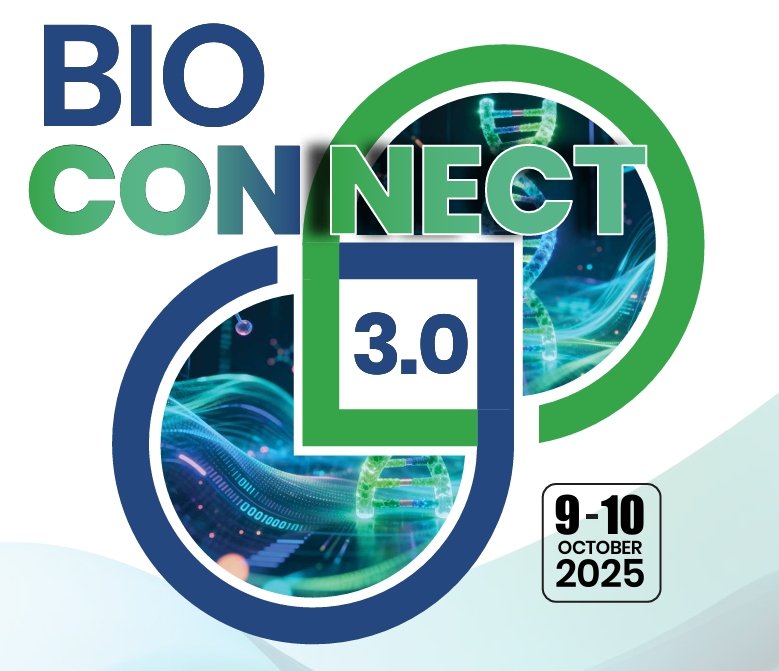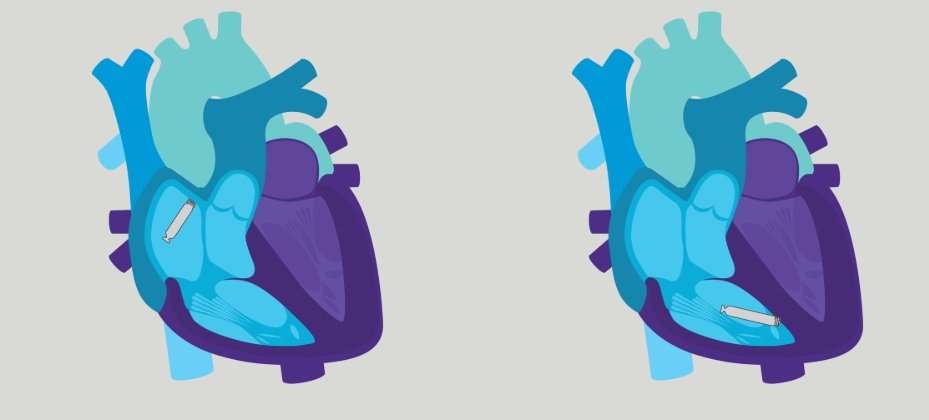Gene Therapy, Enabling Patient-specific Treatment
March 10, 2009 | Tuesday | News
Gene
Therapy, Enabling Patient-specific Treatment
If you thought only
clothes could be tailor made? Think again. Medicine and even medical
treatment can be tailored to suit your genes.
It was on September 14, 1990 at the U.S. National Institutes of Health,
W. French Anderson M D and his colleagues performed the first approved
gene therapy procedure on four-year old Ashanthi DeSilva. Born with a
rare genetic disease called severe combined immunodeficiency (SCID),
she lacked a healthy immune system. White blood cells were removed from
her body, grown in the lab, missing genes were inserted into the white
blood cells and the genetically modified blood cells were infused back
into the patient's bloodstream. Laboratory tests have shown
that the therapy strengthened Ashanthi's immune system by 40
percent; she got relief from recurrent colds, she has been allowed to
attend school, and she was immunized against whooping cough. This
procedure was not a cure; the white blood cells treated genetically
only work for a few months, after which the process must be repeated.
Development over the years
Gene therapy uses purified preparations of a gene or a fraction of a
gene, to treat diseases. A common approach in gene therapy is to
identify a malfunctioning gene and supply the patient with functioning
copies of that gene. Other approaches include switching specific genes
on or off or introducing genes to kill cancer cells, to suppress tumors
by inhibiting the blood supply or to stimulate the immune system to
attack certain types of cells. Whichever approach is used, the aim of
gene therapy is to introduce therapeutic material into the target
cells, where it becomes active and exerts the intended therapeutic
effect.
In the mid 1980s, the focus of gene therapy was entirely on treating
diseases caused by single-gene defects such as cystic fibrosis,
hemophilia, muscular dystrophy and sickle cell anemia. In the late1980s
and early 1990s, the focus of gene therapy shifted towards the
treatment of a number of acquired diseases. There are a number of
ongoing trials conducted on patients with advanced solid tumors or
non-Hodgkin's lymphoma and the stem cell gene therapy is used
to treat X-SCID (X-linked severe combined immunodeficiency).
There is very little gene therapy work being done in India. The
exceptions are Actis Biologics Pvt Ltd (ABPL) and Advanced Center for
Treatment Research and Education in Cancer (ACTREC). ABPL is currently
working on the introduction of Gene MSP36 into cancer cells to make
them die by producing a protein, which will inhibit the rapid
multiplication of the cells and their metastasis. Gene MSP36 also
inhibits the further production of blood vessels, which are critical
for the delivery of nutrition to these cancer cells.
In 2007 Mumbai-based ONCO Life Sciences got the regulatory nod to
market its the unique cell-based gene treatment for breast cancer, lung
cancer, renal cell carcinoma and colorectal cancer. The therapy was
developed by Berlin-based biotechnology company Mologen AG which has
given exclusive marketing rights to ONCO Life Sciences. It promised to
prolong the lifetime of a cancer patient by 2-5 years.
However it was only recently that doctors have treated a cancer patient
by injecting him with billions of his own immune cells, a development
that projects the huge power of gene therapy for the killer disease.
According to a report in the New England Journal of Medicine,
US researchers at the Fred Hutchinson Cancer Research Center in Seattle
treated a 52-year-old man afflicted with melanoma by cloning cells from
his own defense system and injected them back into his body, in a
process known as 'immunotherapy'. Within eight
weeks of immunotherapy treatment the patient recovered from tumors.
Even after two years of treatment he is still free from the disease,
which had spread to his lymph nodes and one of his lungs. It raises
hopes that this approach could not only offer a more effective
treatment for skin cancer or melanoma, but can be applied to other
cancers too.
A new study reported in the journal Nature Medicine outlines
the success of gene therapy to treat HIV and has produced promising
results in clinical trials. Researchers at the University of
California, Los Angeles gave patients modified blood stem cells to
carry a molecule called OZ1, which is designed to stop HIV reproducing
itself by targeting two key proteins. After 100 weeks, the patients who
received the gene therapy had higher levels of CD4+ cells, the key
cells of the immune system which are specifically destroyed by HIV. In
theory, one treatment should be enough to replace the need for a
prolonged anti-retroviral therapy.
Future
The combination of gene therapy and other approaches such as stem cell
therapy are expected to have a huge impact in the treatment of critical
illnesses. Gene therapy has the potential to cure diseases such as
cystic fibrosis, cancers, heart diseases and human immunodeficiency
virus infection. However, to date, no clinical trial of gene therapy
has resulted in the development of a commercially available treatment.
Unsettled issues in gene therapy like effectiveness of delivery,
longevity of the therapy and safety procedures have to be sorted out.
While patients are largely satisfied with the current disease-led
approach than the gene therapy approach. Scientists are stressing the
need for more studies on vector safety, delivery techniques, molecular
causes of diseases and the uncertainty of outcomes. Formation of
bypasses around a clot, by the body, to replace bypass surgery, could
be made possible with the help of gene therapy. Gene therapy has the
potential to rejuvenate dead neurons in the brain and hence, can be
used for the benefit of Alzheimer's or diabetes patients. The
possibilities are enormous.
Shalini Gupta









